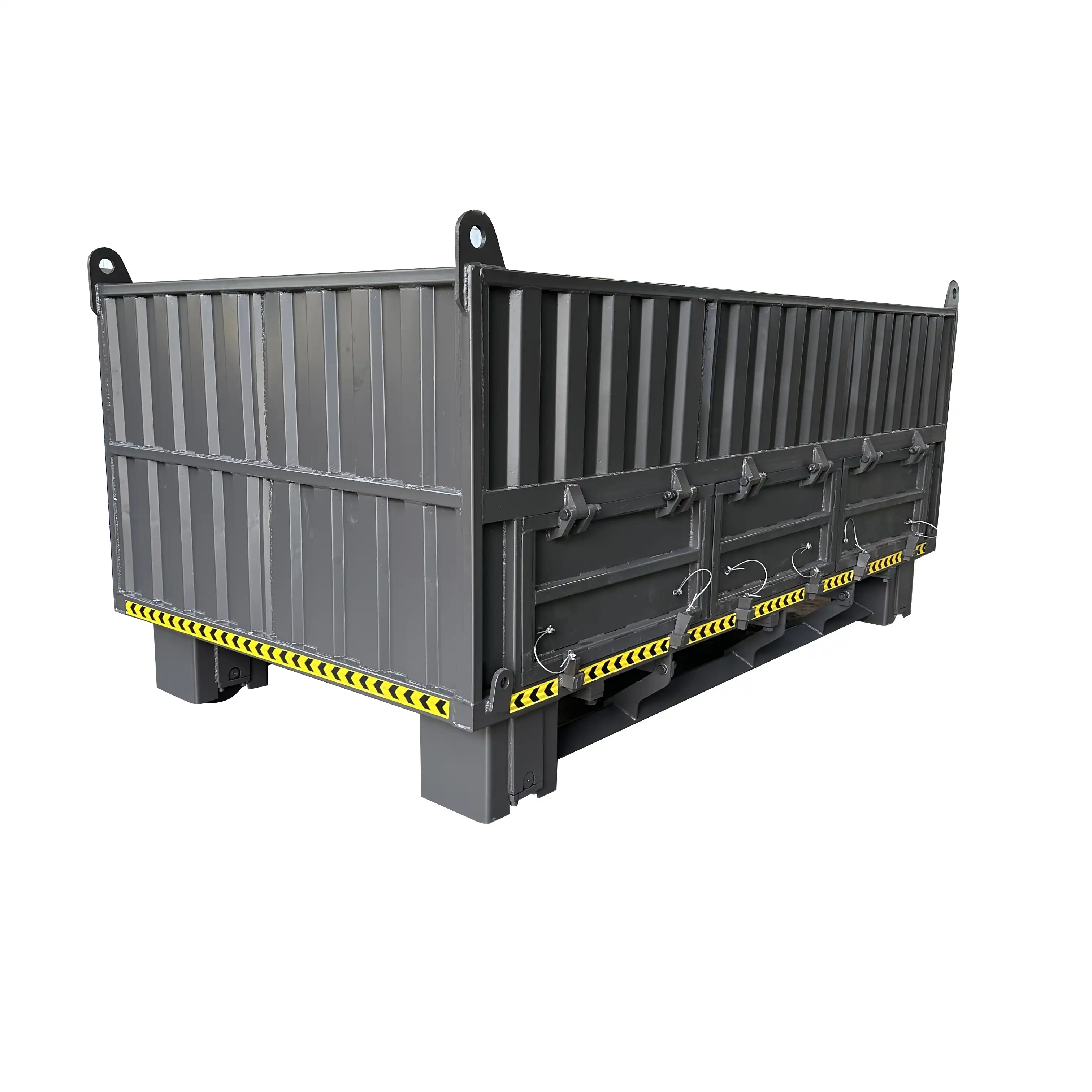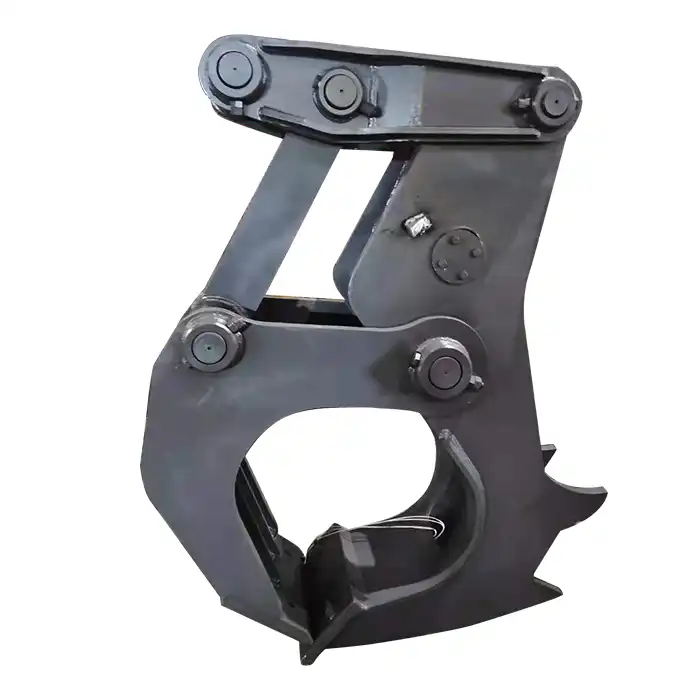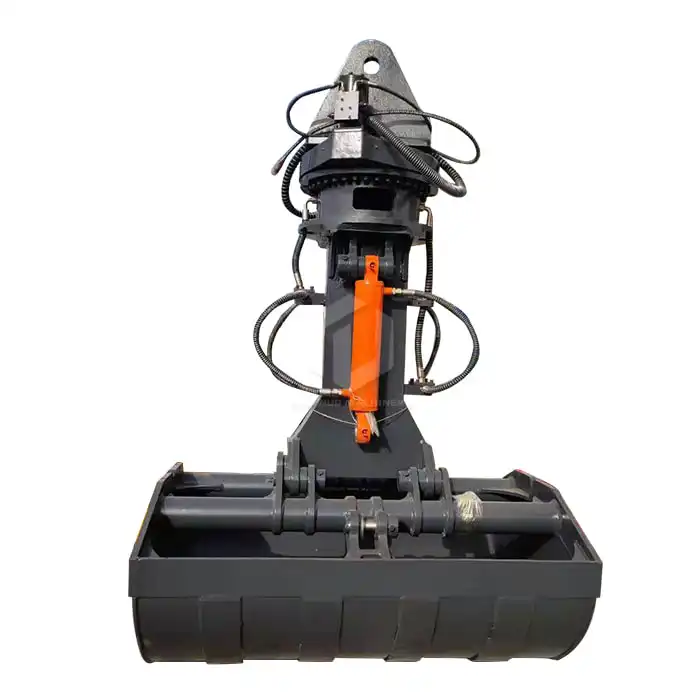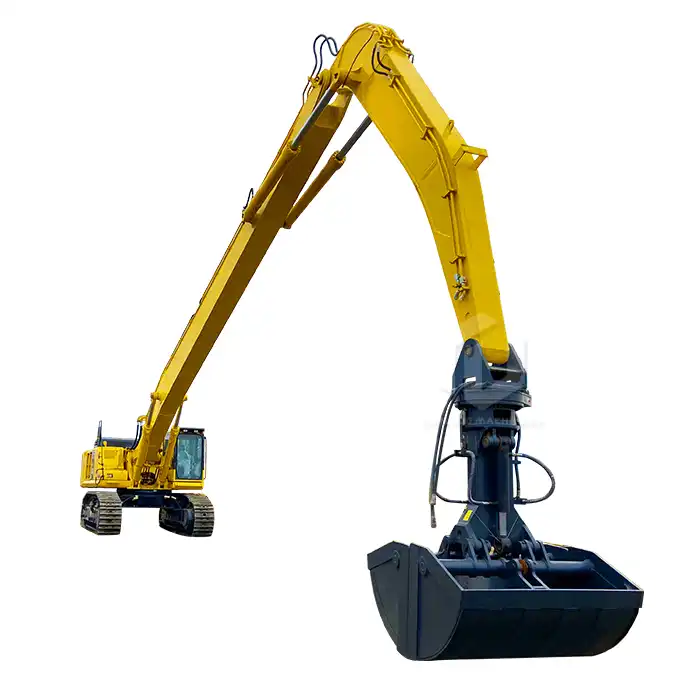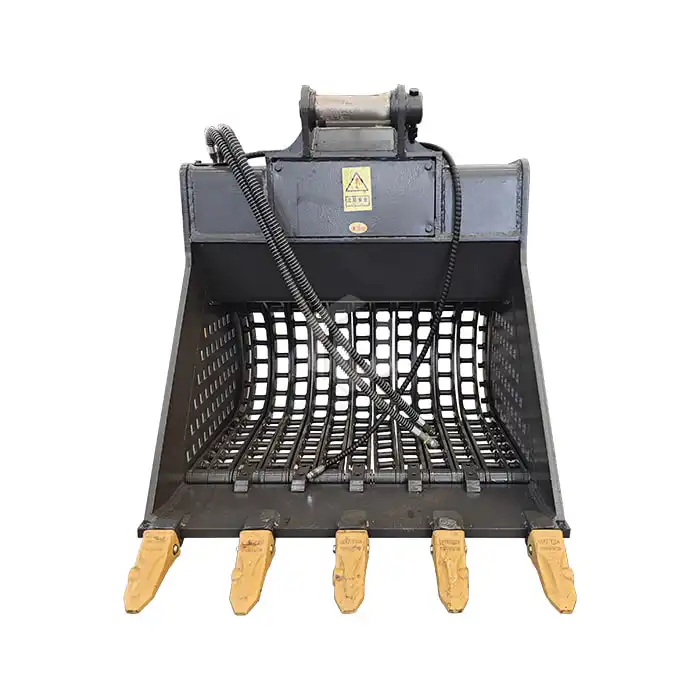How to choose the right rotating excavator bucket?
The right rotating excavator bucket is essential for increasing your excavator's versatility and effectiveness. You can significantly increase your productivity on a variety of job sites, including landscaping and construction, with this innovative attachment. This comprehensive guide will discuss the most important aspects to take into account when selecting a rotating excavator bucket to help you make an informed decision that is compatible with your particular requirements and the requirements of your project.

Excavator Size And Weight Class
The size and weight class of your excavator should be taken into consideration when selecting the appropriate rotating bucket. This is very important because the bucket needs to work with the specs of your machine to work well and be safe.
Rotating excavator buckets come in a variety of sizes to fit a variety of excavator models. They fall into three general sizes: mini, midi, and standard. Standard buckets are designed for larger excavators weighing 13 tons or more, while mini buckets are suitable for compact excavators weighing 1-6 tons, midi buckets for 7-12 tons, and mini buckets for 6-12 tons.
To choose the right bucket size and weight capacity, you should read the manual for your excavator or talk to the manufacturer. Using a bucket that is too big or heavy for your machine can cause problems with safety, fuel consumption, and performance. On the other hand, you may not be as productive if you use a bucket that is too small for your tasks.
Also, think about how much pressure and hydraulic flow the rotating excavator bucket needs. Make sure that your excavator's hydraulic system has enough power to effectively operate the bucket. This information can typically be found in the specifications of the bucket, which you can then compare to the capabilities of your excavator.
Keep in mind that a properly matched rotating excavator bucket will not only increase the performance of your machine but also extend its lifespan by putting less stress on the hydraulic system and other structural parts.

Application And Materials
Taking into account the specific applications and materials you will be working with is the next essential consideration when selecting the appropriate rotating excavator bucket. Rotating buckets are useful attachments, but different designs are better suited to various tasks.
A standard rotating excavator bucket with teeth is frequently adequate for general excavation and earthmoving. These buckets can easily break through compacted earth and are made to handle a variety of soil types. A rotating bucket with a flat cutting edge might be better if you're mostly working with softer materials or need to make smooth surfaces.
Consider a heavy-duty rotating bucket with reinforced edges and wear-resistant materials for demolition work or rough terrain. These buckets are constructed to withstand the abrasion and impact caused by tough materials, ensuring consistent performance and long life.
Look for buckets that can rotate and tilt for specialized tasks like grading and cutting slopes. These enable precise angle adjustments, making them ideal for working on inclines or smooth, even surfaces.
A multi-purpose rotating bucket may be the best option if your job frequently requires you to handle multiple materials. You can use these buckets for a variety of tasks without changing attachments because they typically have sides that can be removed or widths that are adjustable.
It's also important to think about the climate and soil in your area. For instance, if you frequently work in moist, sticky soil, a bucket with drainage holes can increase productivity by preventing material from adhering.
You can select a rotating excavator bucket that maximizes your productivity and versatility across various job sites by carefully evaluating your typical applications and the materials you encounter.

Bucket Capacity
Your productivity and efficiency are directly impacted by the rotating excavator bucket. In order to achieve peak performance, choosing the right capacity requires striking a balance between a number of factors.
Can limit is commonly estimated in cubic yards or cubic meters and ranges from under 0.5 cubic yards for smaller than usual earthmovers to north of 5 cubic yards for huge machines. The best capacity is determined by the nature of your work, the size of your excavator, and the materials you are handling.
A good rule of thumb for general earthmoving and excavation is to use a bucket with a capacity of approximately one cubic yard for every 20,000 lbs of operating weight. However, specific job requirements and material densities can influence this.
If you want to work more efficiently with lighter materials like topsoil or mulch, you might choose a bucket with a larger capacity. On the other hand, to avoid overloading your excavator, use a bucket with a smaller capacity when working with dense materials like rock or wet clay.
While a larger bucket can move more material per scoop, it may also consume more fuel and take longer to cycle. Oversized buckets can also put a lot of stress on your excavator's hydraulic system and boom, which could cause more damage.
Take into account the scope and depth of your typical projects. A bucket that is too big could limit the maximum digging depth or reach of your excavator, making it less versatile on the job site.
Through features such as fold-out sides or plates that can be removed, some rotating excavator buckets provide capacities that can be adjusted. If you frequently switch between different kinds of jobs or materials, these can be especially helpful.
In the end, the right bucket capacity strikes a balance between increasing productivity and preserving the performance and longevity of your excavator. When figuring out the best capacity for your needs, it's often best to talk to experts in equipment or experienced operators.

Conclusion
In conclusion, the specifications of your excavator, the nature of your work, and the materials you handle all need to be taken into careful consideration when selecting the appropriate rotating bucket for your excavator. You can select a rotating excavator bucket that increases your productivity and versatility on the job site by taking into consideration the machine's size and weight class, the specific applications and materials you work with, and the best bucket capacity for your needs. Keep in mind that, in the long run, investing time in making the right choice can result in significant efficiency and cost-effectiveness enhancements.
If you're looking for high-quality rotating excavator bucket, Shandong Tiannuo is a good choice. Their R&D team is dedicated to the technical research and development of excavator attachments like rotating excavator buckets and railway sleeper changing machines. You can reach them at tiannuojixie@railwayexcavatorattachments.com for additional information or to discuss your specific requirements.
References
1. Construction Equipment Guide. (2021). "How to Choose the Right Bucket for Your Excavator."
2. Excavator Magazine. (2020). "Selecting the Proper Excavator Bucket for Your Job."
3. Journal of Construction Engineering. (2019). "Optimizing Excavator Bucket Selection for Improved Productivity."
4. Heavy Equipment Forums. (2022). "Discussion on Rotating Excavator Bucket Applications."

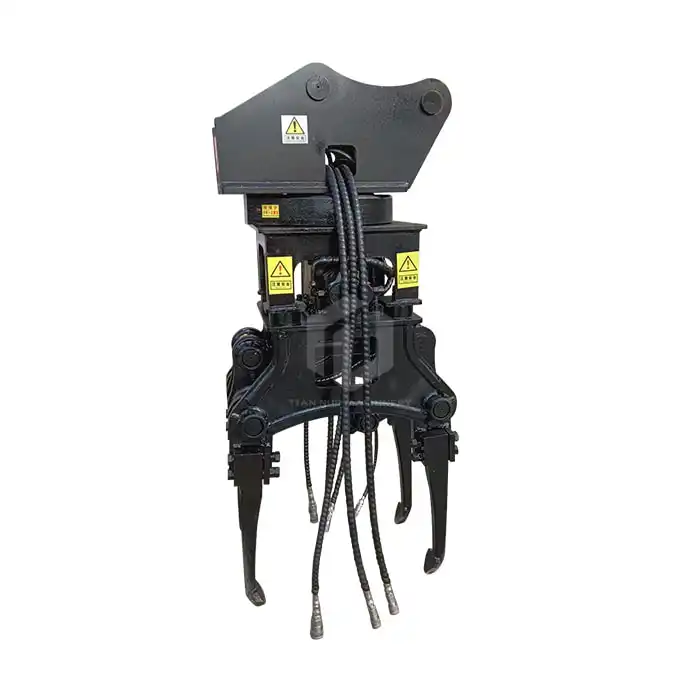
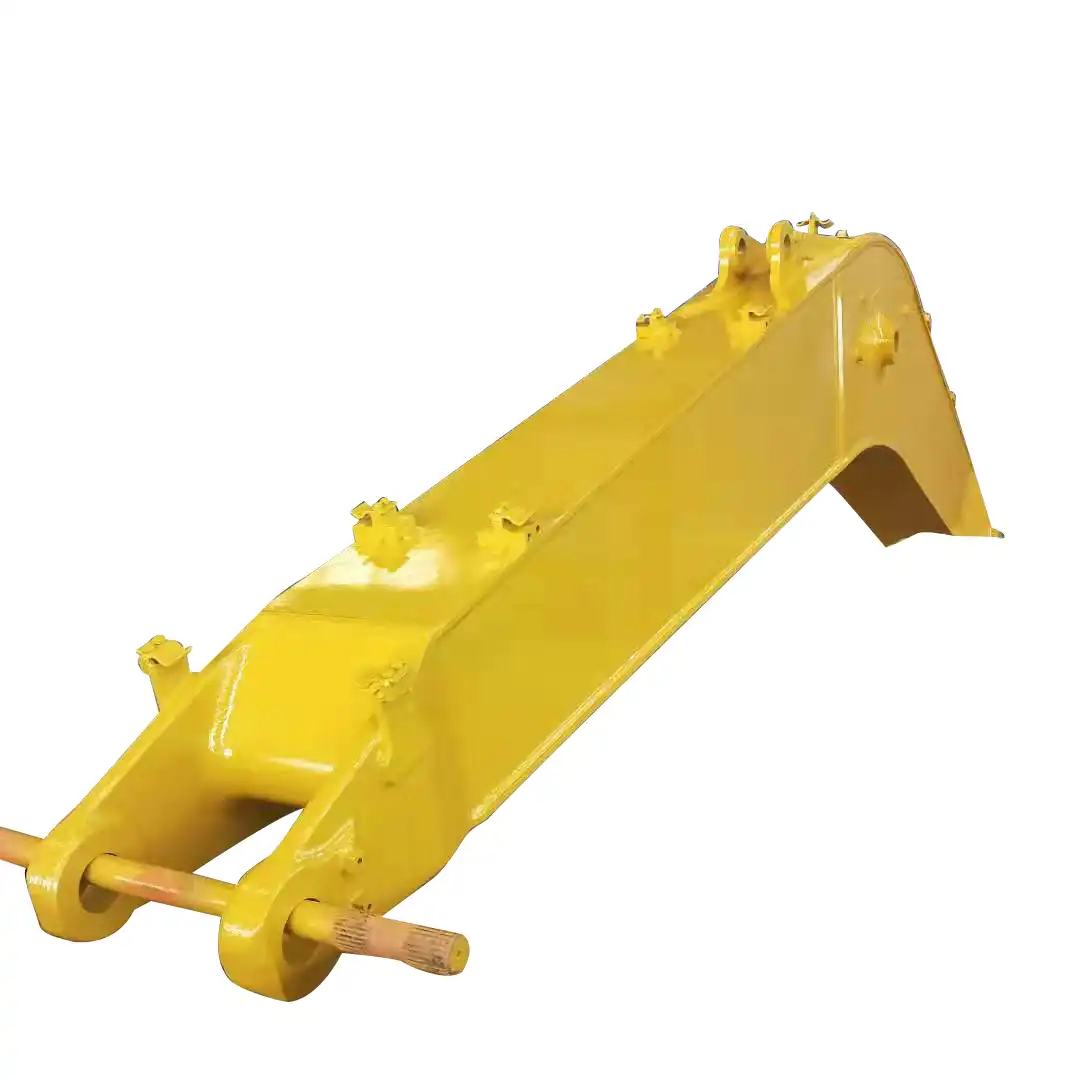
_1740558626327.webp)
